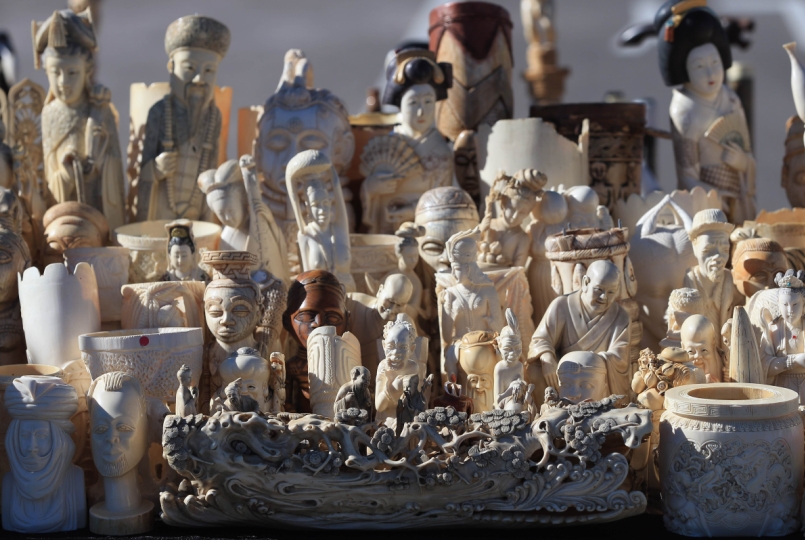Aware that poaching in Africa has reached alarming levels, most notably in rhino and elephant targeting, China has mustered timely international action to combat wildlife crime. In January 2014, John E. Scanlon, Secretary General of the Convention on International Trade in Endangered Species of Fauna and Flora (CITES), led the world in burning 6 tons of confiscated illegal ivory and other animal products in a show of commitment toward ending this illicit trade. IFAW estimates illegal ivory is fetching more than $2,000 per kg on the black market. The public destruction in Dongguan, China’s Guangdong Province, of 6.15 tons of ivory stockpiles seized from illegal trade will raise public awareness and show the Chinese Government’s resolve to remove slaughtering wildlife for their body parts. “We congratulate China for timely intervention. The international community should reciprocate by improving law enforcement, and increased efforts to reduce demand. These efforts need to be stepped up and strengthened to produce desired results,” said the United Nations Environment Program (UNEP) Executive Director Achim Steiner, who added that the latest CITES data estimates that some 47,000 animals were killed in Africa in 2011 and 2012.

Ivory products
The IUCN/SSC African Elephant Specialist Group estimates the African elephant population is around 500,000.
CITES said preliminary indicators suggest that even higher levels of illegal trade may be reached in 2013. Although incomplete, the raw data for large-scale ivory seizures in 2013 (involving at least 500 kg of ivory in a single transaction) already represented the greatest quantity of ivory confiscated over the last 25 years, for this type of seizure. Large-scale ivory seizures typically indicate the participation of organized crime and so far 18 such seizures have yielded over 41.6 tons of ivory this year. Whether this reflects better law enforcement or a further escalation in trade will only be known when a full analysis of the 2013 data is possible, later in 2014. According to CITES, if present killing rates continue, elephant poaching in Africa could lead to the animal’s extinction there.
Tom Milliken, TRAFFIC’s ivory trade expert, said, “From 2000 through 2013, the number of large-scale ivory movements has steadily grown in terms of the number of such shipments and the quantity of ivory illegally traded. 2013 already represented a 20-percent increase over the previous peak year in 2011, we’re hugely concerned.”
Last October, the African Elephant Summit in Gaborone, Botswana, advocated stronger global action to halt illegal trade and secure viable elephant populations across Africa.
Zhao Shucong, head of the Chinese State Forestry Administration, stated that China is strengthening enforcement efforts domestically and collaborating with other countries to stop illegal trade in elephant ivory and other wildlife.
To prevent the decline of elephants, China is currently implementing the comprehensive National Ivory Action Plan. It has identified countries that are primary sources, transit routes and importers of illegal ivory. These include Kenya, Malaysia, the Philippines, Thailand, Uganda, Tanzania and Viet Nam. Collaboratively, China is working with these countries to enhance strong national legislations and regulations coupled with international enforcement, outreach and public awareness.
On an international level, China led the first cross-continent wildlife enforcement effort, known as Operation Cobra, to combat illegal wildlife trade as well as providing funding to the African Elephant Fund.
Kenya Wildlife Service (KWS) Director, William Kiprono, has said there is strong evidence of increased involvement of organized crime syndicates and rebel militia in wildlife crimes. This is channeled through well-developed criminal networks, which is changing the dynamics of combating this highly destructive criminal activity. One of the regional initiatives to deal with this is the Nairobi based Lusaka Agreement Task Force (LATF) adopted in 1994. This was implemented to fight elephant poaching and other wildlife crimes. This, in turn, established the Africa Elephant Enforcement Special Account (AELESA) to mobilize resources toward conservation of African elephants, to which China is a contributor.
(Reporting from Kenya)